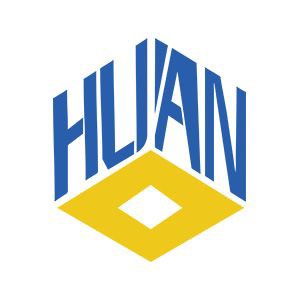NFT needs distributed storage to solve Rug-Pull and data maintenance problems
Rug-Pull is a malicious operation in the cryptocurrency industry. Malicious speculators often list trading pairs of junk coins and value coins to DEX, and after a large number of unsuspecting investors exchange their value coins for junk coins, The speculators will withdraw from the liquidity pool and let the garbage coins return to zero. The creator of the token might even create ad-hoc hype around the social media platform and initially inject large amounts of liquidity into the pool to build investor confidence.
Rug-Pull has been criticized for the cryptocurrency industry, and Rug-Pull in NFT (especially artwork) is particularly common. Illegal money laundering and hype scams are often carried out under the guise of art. To completely solve this problem, the permanence of data is needed to prove the ultimate value of NFT, and distributed storage may be one of the best solutions.
Last month, OpenSea, one of the world's largest NFT trading markets, announced the cooperation with IPFS/Filecoin to launch the function of "freezing" NFT metadata. With IPFS and Filecoin, NFT creators using OpenSea can create immutable NFT metadata through IPFS's content addressing and Filecoin's provable and decentralized storage.
One way IPFS/Filecoin solves the Rug-Pull problem is through content-based addressing, where content is retrieved from a network of nodes on IPFS that collectively maintain and maintain a decentralized record of content. Most web-based solutions today use location-based addressing to retrieve online information from a specific location on the web, such as a URL. URLs can be changed or hacked, which is why content-based addressing solutions provide better security for data. IPFS/Filecoin actually provides a free storage solution, nft.storage, in which individuals can store NFT data securely and flexibly.
In addition to art, different use cases of NFT, such as music, media, academic research, intellectual property, and even supply chains, all need to solve the problem of maintaining data. The identities of creators (producers) and custodians need to be distinguished, and distributed storage can be regarded as one of the best solutions to NFT custody.
At a creator summit co-hosted by Near Protocol and Gitcoin this month, Pinata founder Kyle Tut said about NFT data maintenance: "The way we often talk about this issue is, 'Da Vinci needs to be responsible for keeping the Mona Li. Sha?’ And the answer is, ‘No.’ The Louvre is now responsible for maintaining the Mona Lisa, so when you start looking at NFTs that way, you actually have to define who is responsible for the minted NFT file or data. "
This is very important for creators, who may want to consider how their NFT data is maintained throughout the life of the asset. One approach some are considering is through a data DAO, where members actively maintain NFT art in a decentralized fashion like the Louvre.
For distributed storage projects such as IPFS/Fileocin or EpiK, if storage is the ultimate goal, what else is more suitable for using them than NFT, especially NFT artwork? If the production data and storage data can be in a virtuous cycle, the development of the ecology will be worth looking forward to.



